Wondering when to start solids for your baby? Learn the key readiness signs—age, weight, head control, feeding cues—plus safe first foods, allergen tips, and choking prevention for a healthy start.
Developmental Milestones: When Solids Become Safe
Babies are typically developmentally ready to begin solids between 6 and 8 months:
- Head and neck control: ability to maintain head upright, stabilize the neck
- Upright sitting: at least supported sitting for ~15‑20 minutes without slumping during meals
- Tongue‑thrust reflex diminished: no automatic pushing out of food with tongue
- Hand‑to‑mouth coordination: bringing toys or food to the lips
- Interest in family eating: reaching for food, watching adults eat
When most of these are satisfied—especially head control and sitting—we consider the baby ready to begin complementary feeding.
2. Health & Growth Indicators: Weight and Feeding Behavior
- Birth weight doubled and ≥13 lb (≈6 kg) indicates physiological readiness
- Increased, persistent breastfeeding or bottle‑feeding demand—unrelated to illness, teething, or routines—can reflect readiness
3. First Foods & Nutrition: Smart Choices to Begin With
We recommend nutrient-dense, iron-rich and soft food options:
- Smooth purees of banana, avocado, sweet potato, lentils or iron‑fortified cereals mixed with breastmilk or formula
- Offering solids after milk feed, starting with 1‑2 teaspoons once daily, gradually increasing to 2–3 meals per day by 8‑9 months.
- Introduce potential allergens early (egg, peanut, dairy, soy, fish) starting around 6 months in small quantities, one at a time, observing for reactions over 3–5 days.
This approach builds nutrition, supports immune development, and reduces allergy risk.
4. Safe Practices & Texture Progression
- Start with spoon‑fed smooth textures. Never put cereal in the bottle list due to choking and overfeeding risk.
- Increase thickness and introduce mashed or soft finger foods as baby masters swallowing—e.g. banana strips, cooked carrots, pasta pieces, cheese.
- Avoid honey (<12 months), cow’s milk as a drink, unpasteurized dairy, whole nuts, popcorn or hard/round food shapes.
5. Handling Common Challenges
Resistance or refusal
If a baby resists solids—crying, turning head away or closing mouth—pause and try again later. It can take several tries overtime before you little one gets used to new foods.
Gagging vs choking
Occasional gagging is normal and protective; choking requires immediate response. Position the baby upright, supervise closely, and avoid risk textures, shapes and consistency.
Feeding equipment & gear
Essential items to support readiness:
- High chair or booster seat providing upright posture
- Soft spoons, washable bibs, non‑breakable dishes, splash mats to ease mess and mealtime stamina
- This baby food maker is a great for creating healthy, homemade purees at home in under 20 minutes.
Key Signs of Solid Food Readiness
| Category | Benchmark |
|---|---|
| Age | Typically 6–8 months |
| Physical Development | Stable head, upright sitting, hand‑mouth coordination |
| Feeding Behavior | Persistent hunger or increased milk feed demand |
| Weight & Growth | ≥13 lb or double birth weight |
| First Foods | Smooth purees, iron‑rich options, early allergen introduction |
| Safe Textures | Start smooth, progress to mashed/finger foods |
| Mealtime Approach | Responsive, low-pressure, observe baby cues |
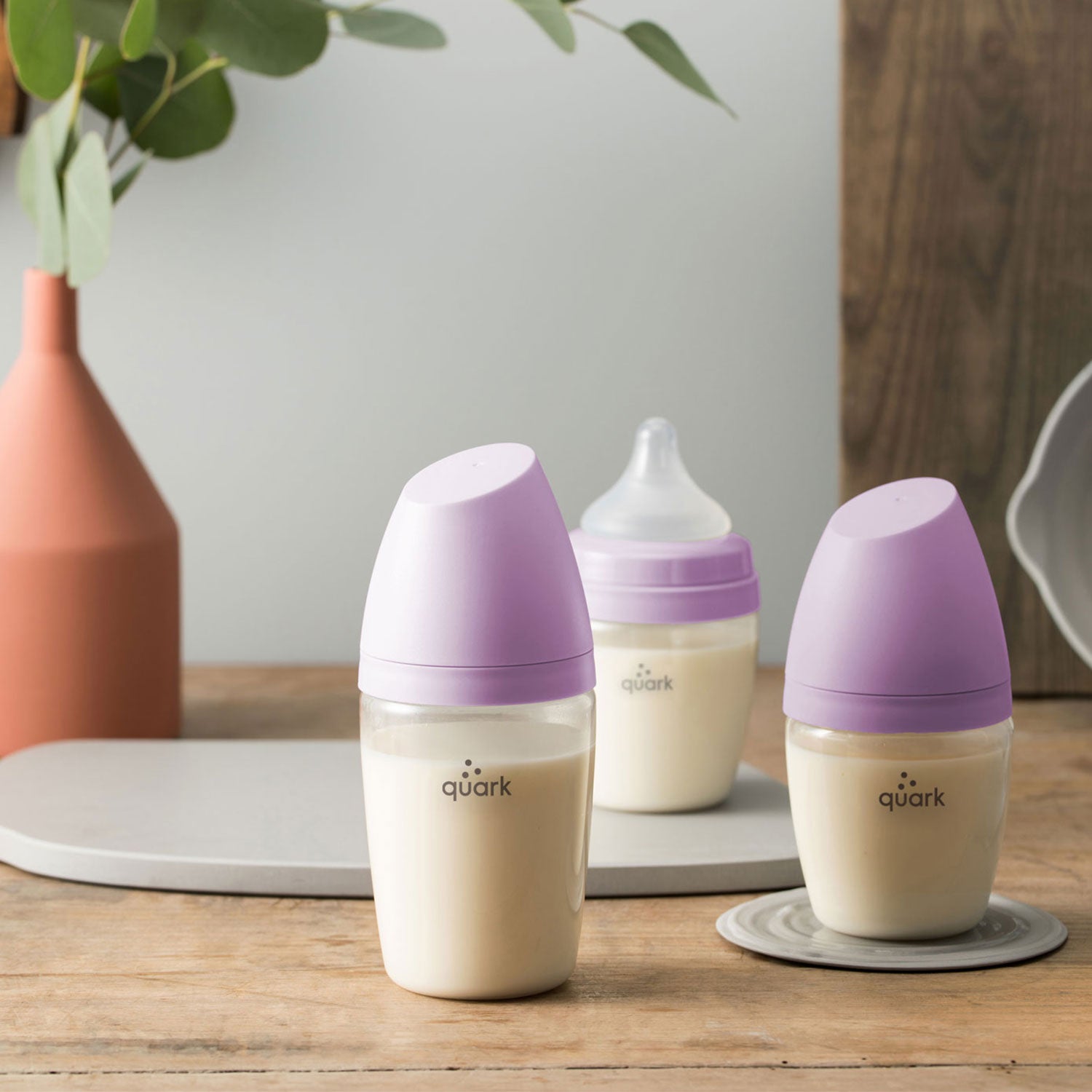
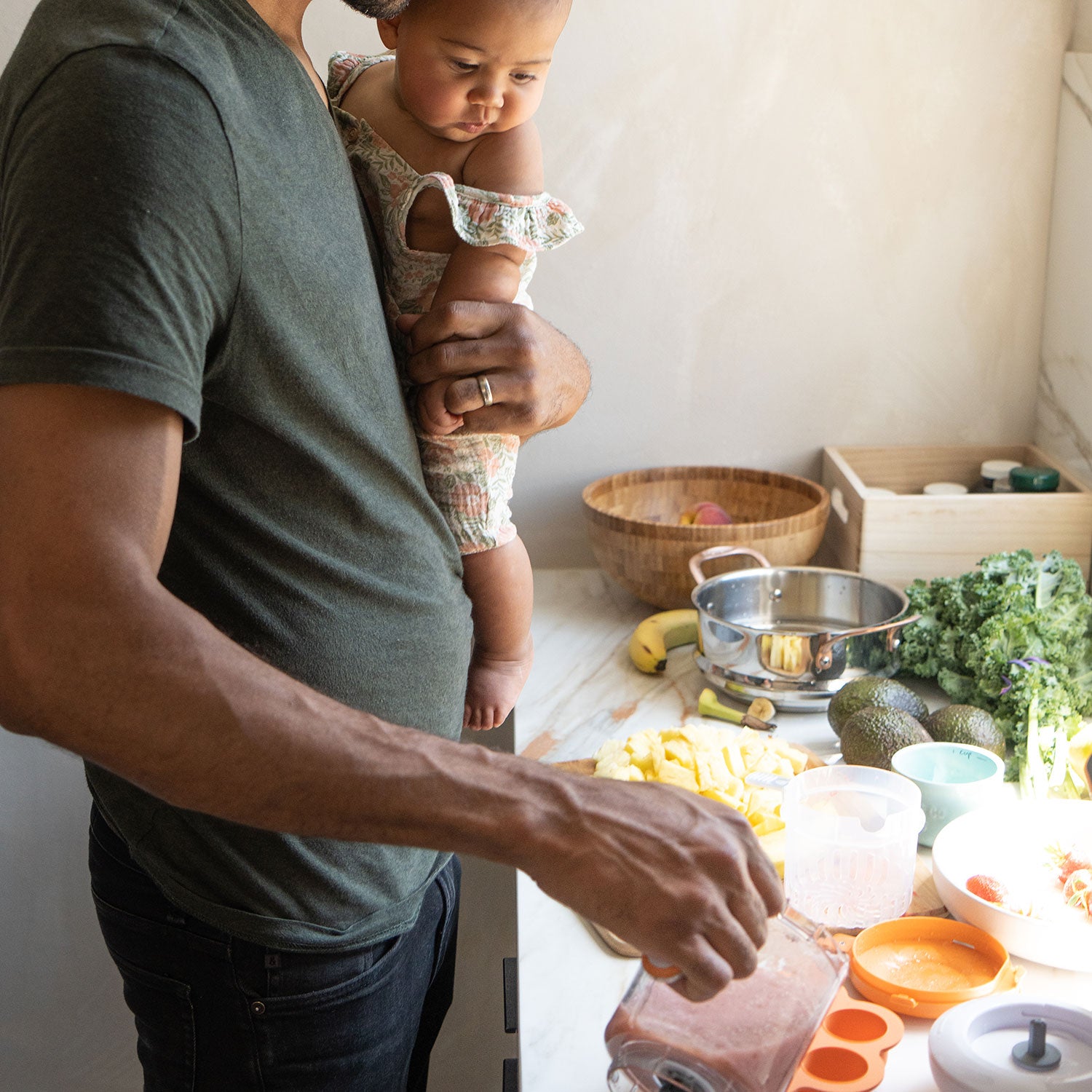

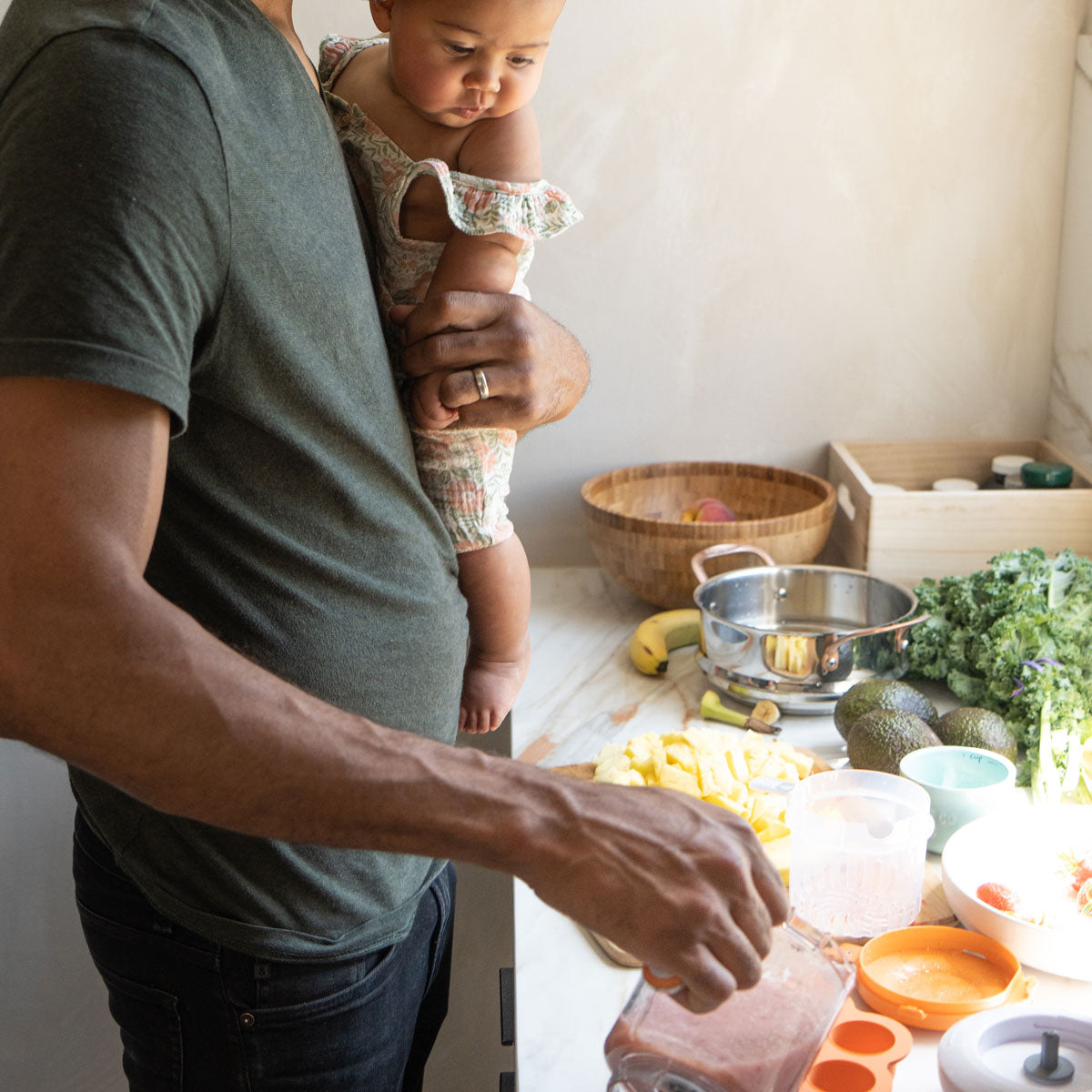

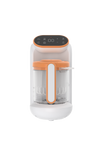
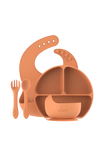
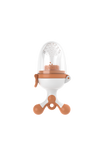

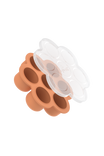
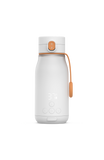
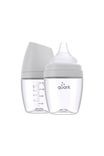

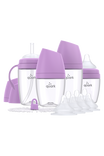

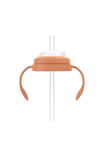
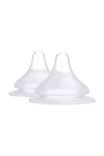
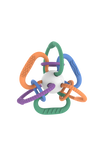
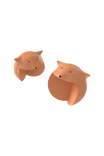



Leave a comment
All comments are moderated before being published.
This site is protected by hCaptcha and the hCaptcha Privacy Policy and Terms of Service apply.